REVIEW: ALEX DE LA IGLESIA’S COMMON WEALTH AKA LA COMUNIDAD
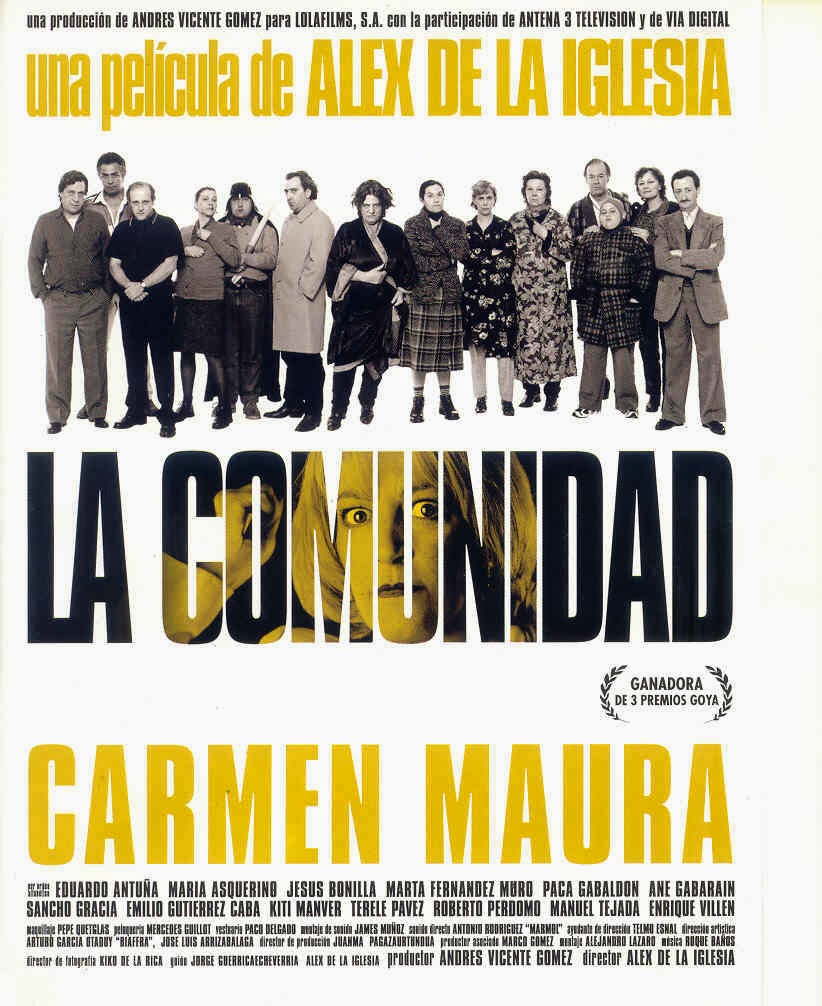
by Beatriz Ayllón (*)
COMMON WEALTH (2000) is a 20-award winner Spanish film, produced by Lolafilms, written by Alex de la Iglesia and Jorge Guerricaechevarría, and directed by Álex de la Iglesia, also known for MUTANT ACTION (1993) and the classic cult THE DAY OF THE BEAST (1995). Both Jorge and Álex have worked together in these two films and in FERPECT CRIME (2004) and THE OXFORD MURDERS (2008), among others. Also, in 2000 THE ART OF DYING, directed by Álvaro Fernández Armero, was released.
In COMMON WEALTH, Julia, a real estate agent with economic problems, accidentally finds a lot of money in a dead man’s apartment in the center of Madrid. She now has the opportunity for the luxurious life she has always dreamed of. But there’s something she still doesn’t know: everyone living in that building has been waiting for the old man’s death so that they can seize his fortune and stop being miserable. Of course, the quirky tenants are not willing to let Julia escape and will do everything they can in order to get what they consider to be theirs.
Filmed in Panavision, this black comedy focuses on the greedy behavior of a bunch of characters that, like Julia, want to escape from a suffocating reality. As Álex de la Iglesia himself has stated, this film is a parable of life in the sense that he considers today’s society to be full of envy and greed because of money.
The cast is made up of outstanding actors, some of them already considered to be classics when the film was released. For example, Emilio Gutiérrez Caba, as Emilio, in the role of the property manager he has one of the funniest and most revealing dialogues or rather megalomaniacal speeches in the film. Sancho Gracia, as Castro, is an unpleasant man, always in a bad mood, and also an abuser. The great Terele Pávez, who also played a role in THE DAY OF THE BEAST, is Ramona, a numb woman who makes no effort to be liked. Rough, and with unusual strength, Ramona is for me one of the most powerful characters. There are many other actors I could talk about, but I encourage you to watch the movie and see for yourself the unconventional characters that make this work great.
I’ve saved a separate space for the main character, Julia, played by the exceptional Carmen Maura. She is a woman in her forties who is trying to make a living, who thinks she is already condemned to poverty, to be a loser. When she finds those 300 million pesetas she sees a light at the end of the tunnel. Julia’s evolution is very interesting, as is to see how she reacts to the possibility of a future of opulence and no need to work, and also the attitude she decides to take facing her neighbors’ attacks. She is a kind of Cinderella, the main character of a fairy tale in which, it’s not a fairy godmother, but chance chooses her to go from rags to riches. I’m not going to tell you the resolution of this trope, so run along and watch the film.
Most of the action takes place in the apartment building. In order to create a story that looked like some of the works that inspired de la Iglesia, such as SLEUTH (1972) or DEATHTRAP (1982), both the director and the scriptwriter’s intention was to shoot the whole movie in one apartment only, but they decided to move some of the plots to the stairs and the roof area. Note the scenes in this location, filmed on the rooftop of the Círculo de Bellas Artes. As for the flat where most of the film takes place, it is the same as the one where Julia finds the money, an apartment that has been used thousands of times as a film set. It is in Desengaño street, near Gran Vía metro station.
The sense of oppressiveness is present throughout the entire film even though it could be considered surprising in a domestic setting. The apartment where the money is hidden is a decrepit place, full of dampness and cockroaches. It smells bad and it is dark and sinister, full of rubbish and rotting food. The staircase area is also dark, old, you can almost feel the dust gathering on the steps. De la Iglesia uses this setting wisely, placing the characters in low-angle views to show the superiority of those who lived there before Julia arrived and dared to take what was, according to them, rightfully theirs.
This is a film I really enjoy because as well as having many elements of violence, gore and blood, it has a domestic flavor I like very much. Suspense, action, horror, and comedy convey a reflection on society and human behavior.
COMMON WEALTH was released on DVD in 2001 and on Blu-Ray in 2016. You can find it on FlixOlé.
________________________________________________________________________________
 Beatriz Ayllón lives in Madrid. She has a degree in English language and literature. She is a teacher and web developer. She loves horror and sci-fi movies and books and researching narrative techniques. She contributes to a Spanish cinema website writing reviews and has collaborated on some streaming programs talking about true crimes. Currently, she is working on a short story collection.
Beatriz Ayllón lives in Madrid. She has a degree in English language and literature. She is a teacher and web developer. She loves horror and sci-fi movies and books and researching narrative techniques. She contributes to a Spanish cinema website writing reviews and has collaborated on some streaming programs talking about true crimes. Currently, she is working on a short story collection.

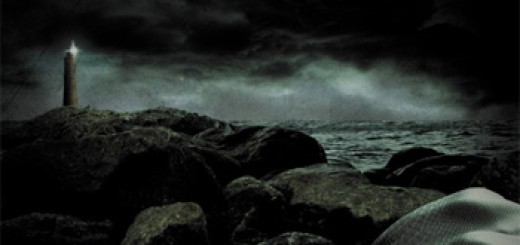

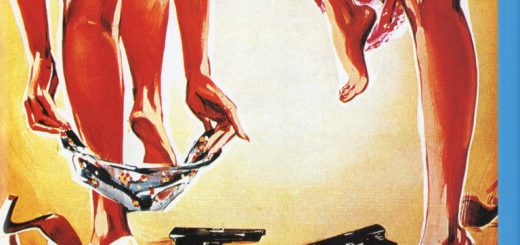
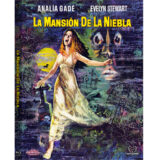
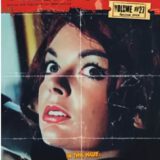
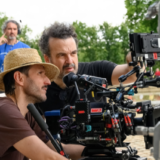
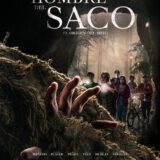
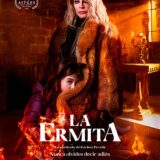
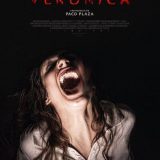

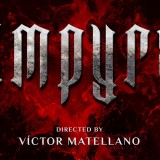
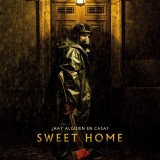
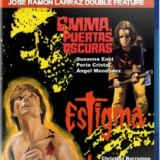
1 Response
[…] (2021) is the latest film by Alex de la Iglesia (THE DAY OF THE BEAST, COMMON WEALTH) and it is the first film by The Fear Collection label, an initiative said to give voice to genre […]